Forts & Palaces
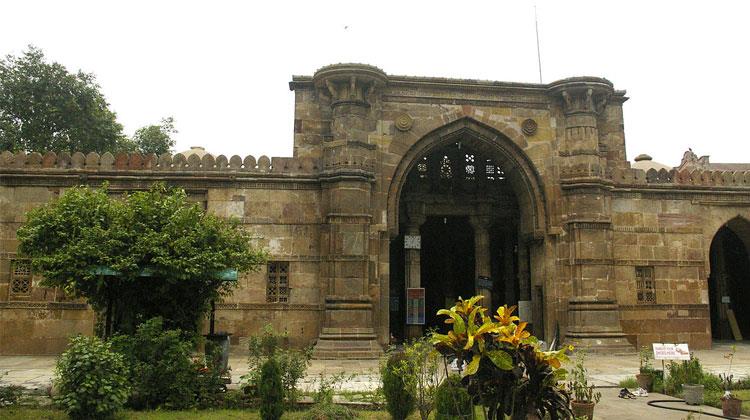
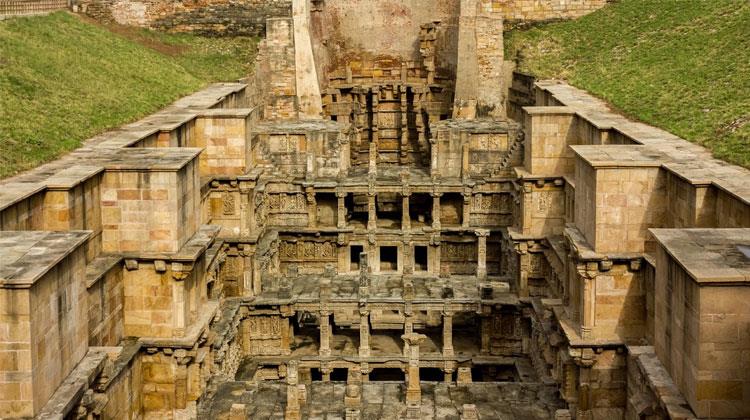
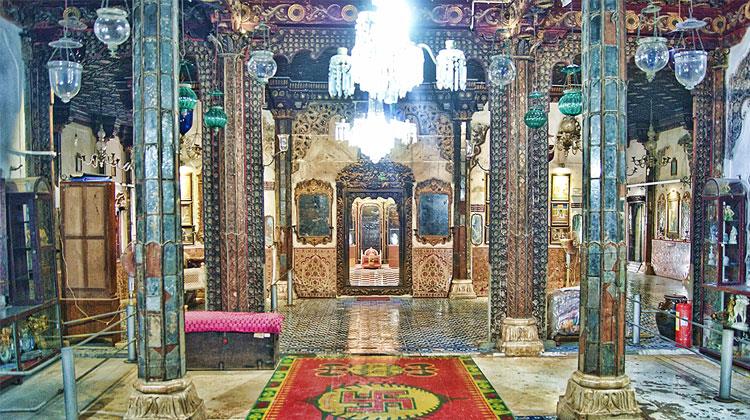
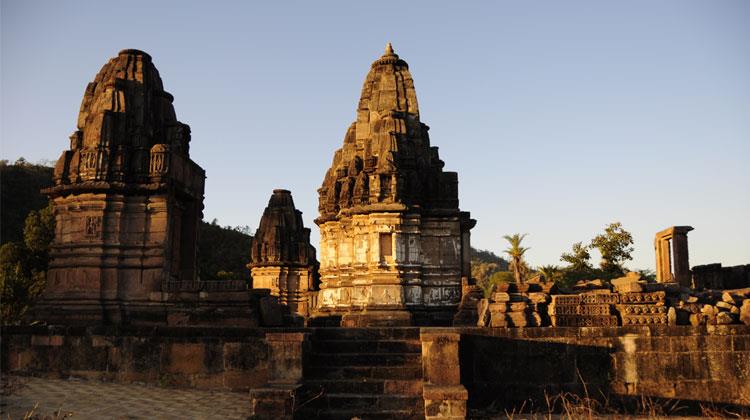


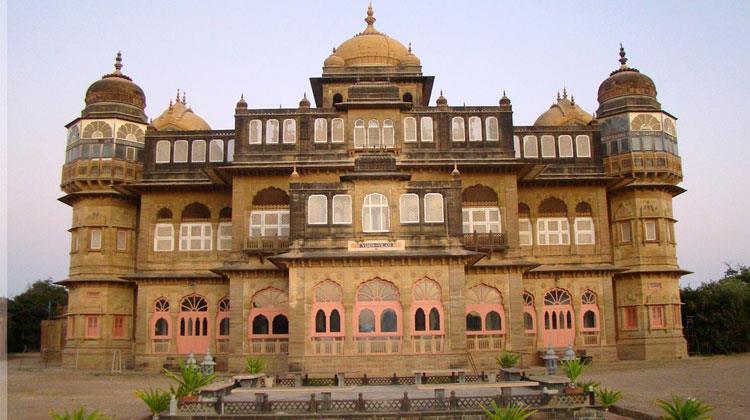
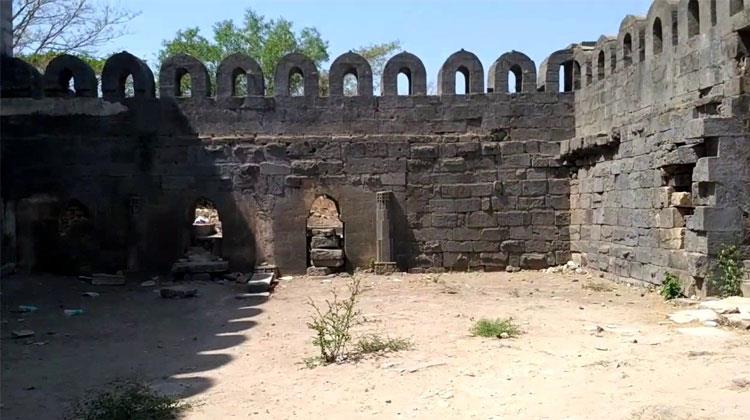
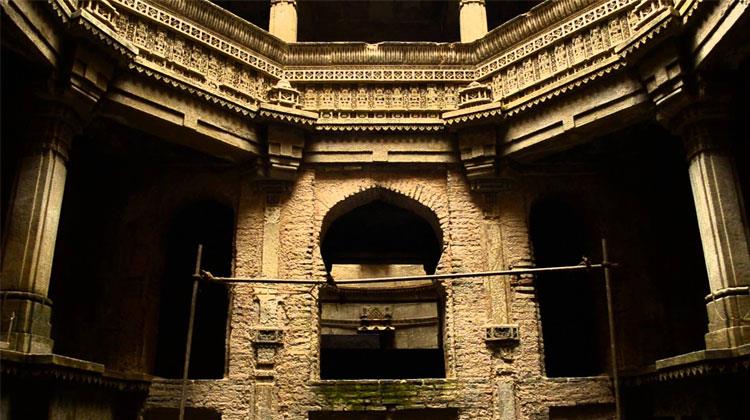
Tomb of Ahmed Shah
The Tomb of Ahmed Shah, Ahmedabad is one of the most important tourist attractions of Ahmedabad. The tomb is square shaped with latticed stone windows. The women are not allowed in the central chamber in the Tomb of Ahmed Shah, Ahmedabad. Just across the main road is the Rani-no Hajiro where you can get to see the tombs of Ahmed Shah's queens. Though the Tomb of Ahmed Shah, Ahmedabad is in quite good shape yet the tombs of Ahmed Shah's wives are not in quite good shape.One of the most beautiful architectural marvels is the Tomb of Ahmed Shah, Ahmedabad. Latticed windows, artistic craftsmanship, and domes and minarets give an exquisite look to the Tomb of Ahmed Shah, Ahmedabad. On your tour to Gujarat visit this ancient monument of the Mughal era and enjoy the art and architecture of the bygone era.
Rani Ki Vav
Rani ki Vav- as the name says this step well was built by Queen (Rani) of Bhimdeva, Udayamanti. Constructed in the 11th century to preserve ground water, Rani ki Vav came into limelight in 1972 when the area was fully earthed.The main highlight of the stepwell is that its walls that are profusely ornamented with figurative motifs and showcases images of various god and goddesses and their consorts from the Hindu Pantheon. The central part of each storey contains the primary sculpture. Winter is the best season to visit Rani ki Vav as you can enjoy the light shows, cultural events and exhibition at the Rani ki Vav Festival.
Aina Mahal in Bhuj
The Aina Mahal was constructed by Rao Lakhpatji in the year 1750. Its creator had a passion for music, art, architecture, and literature. The layout, design and decorations of Bhuj Aina Mahal were highly influenced by a royal dream that had eventually been converted into reality by an extremely deft craftsman whose name was Ramsinh Malam.Ramsinh had learnt to master the art in Holland for 17 years. There he received training in the techniques of making clocks and tiles, canon fabrication, enameling, and architecture. When he returned to India and then went to Kutch, Rao Lakhpatji did not take time to recognize his genius and skill over the work.
Thus finding Ramsinh capable of materializing his plans and ideas, Rao Lakhpatji appointed the former to take on the mirror work, tile work and fountains at Aina Mahal.
Polo Monument & Vijayanagra Forest
The temples of Polo, located near Vijaynagar, were built between 10th and 15th centuries under the Gurjara-Pratiharas and later the Rathores as a hiding place from enemies, citizens, angry wives, and even from the sun. While there are number of medieval temples in the polo region of this period, the most notable ones are Sarneshwar temple (still in use), Lakha Dera Jain temple and Shiv Shakti Mandir. Structure and design of the temples reveal Islamic traces in the use of domes and lattice screens; it also follows the layout of Traditional Hindu temples.To reach the temples, you can take a bus or private taxi from Ahmedabad, which is hardly 160 kilometers away. Jeeps are also available from Idar, a town in Sabarkantha, which is 56 km from Vijaynagar. Jeeps would take you till the Polo campsite only, thereupon you will have to trek in the forest to explore the temple. There is only one homestay available at the Vijaynagar.
Sabarmati Ashram
Originally called Satyagraha Ashram, Sabarmati is Mahatma Gandhi’s second ashram (first being the Kochrab Ashram) where he planned a significant number of freedom movements between 1917 to 1930. One can find a special mention of Sabarmati Ashram in the archives of India as here Mahatma Gandhi trained activist to join his movements like Swadeshi movements, non-violent and civil disobedience. Gandhi’s poignant, spartan living quarters are preserved in Sabarmati Ashram, and there’s an open-air museum that presents an informative and moving record of his life and teachings.Lakshmi Vilas Palace
Built in 1890 as the private residence of Maharaja Sayajirao Gaekwad III, Laxmi Vilas Palace is indeed one of the grandest structures in India.Sprawling over an area of 700 acres, the palace is believed to be nearly four times the size of Buckingham Palace and features many buildings like Moti Baug Palace, Makarpura Palace, Pratap Vilas Palace and Maharaja Fateh Singh Museum building. You can easily figure out the magnificence of this palace by the fact that Robert Fellows Chisholm, the head architect, took twelve years to build this grand building. The property also has a Navlakhi stepwell, Maharaja Fatehgarh museum, and a small zoo, which was resting ground crocodiles.
Vijay Vilas Palace
]When it comes to shooting the films, Vijay Vilas Palace is a favorite haunt of the directors. This 20th-century summer palace of Yuvraj Shri Vijayaraji is an impressive Indo-Edwardian and is located quite close to the beach. The place is made of red sandstones by Mistris and Suthars of Kutch, and it features every element of Rajput architecture and bears a striking resemblance to palaces of Orchha and Datia.A portion of the palace is now converted into a resort, offering accommodation options with an ethnic decor and is replete with modern amenities. Inlaid tile work, distinctive stone carving, manicured garden, intricate jail work, great water streams, and murals are the highlights of the palace.
Uparkot Fort
Located in the heart of Junagadh city, Uperkot Fort was built way back in 319 BC by the Chandragupta Maurya, the founder of Maurya empire. In the course of 2300 years, this fort has faced many sieges, seen bloodshed, witnessed chivalry of many kings but it still stands tall for the protection of the city. Somewhere like its exteriors, interiors of the fort are equally impressive.Inside, the fort there is a Jumma Masjid, Buddhist caves, 300 feet deep moats, and step wells. For the lovers of architecture and design, Uperkot Fort is a must visit on holiday in Gujarat.
Adalaj Vav
Originally built as a stepwell in 1555 AD in the outskirts of Ahmedabad, Adalaj Vav is a finest example of Indo-Islamic architecture as here one can see a fusion of Hindu craftsmanship and the geometric pattern of Islamic architecture. What makes this stepwell the most beautiful amongst other is its series of platforms and galleries built on the side of the stepwell.Flight of the steps leading to circular tank, entrance pavilion at the ground level and well at the lowest level are the three distinctive feature of Adalaj stepwell. All thanks to its exquisite carving and embellishment, Adalaj is a clear winner of being the perfect landmark in Gujarat.
Great Trip with Great Company
